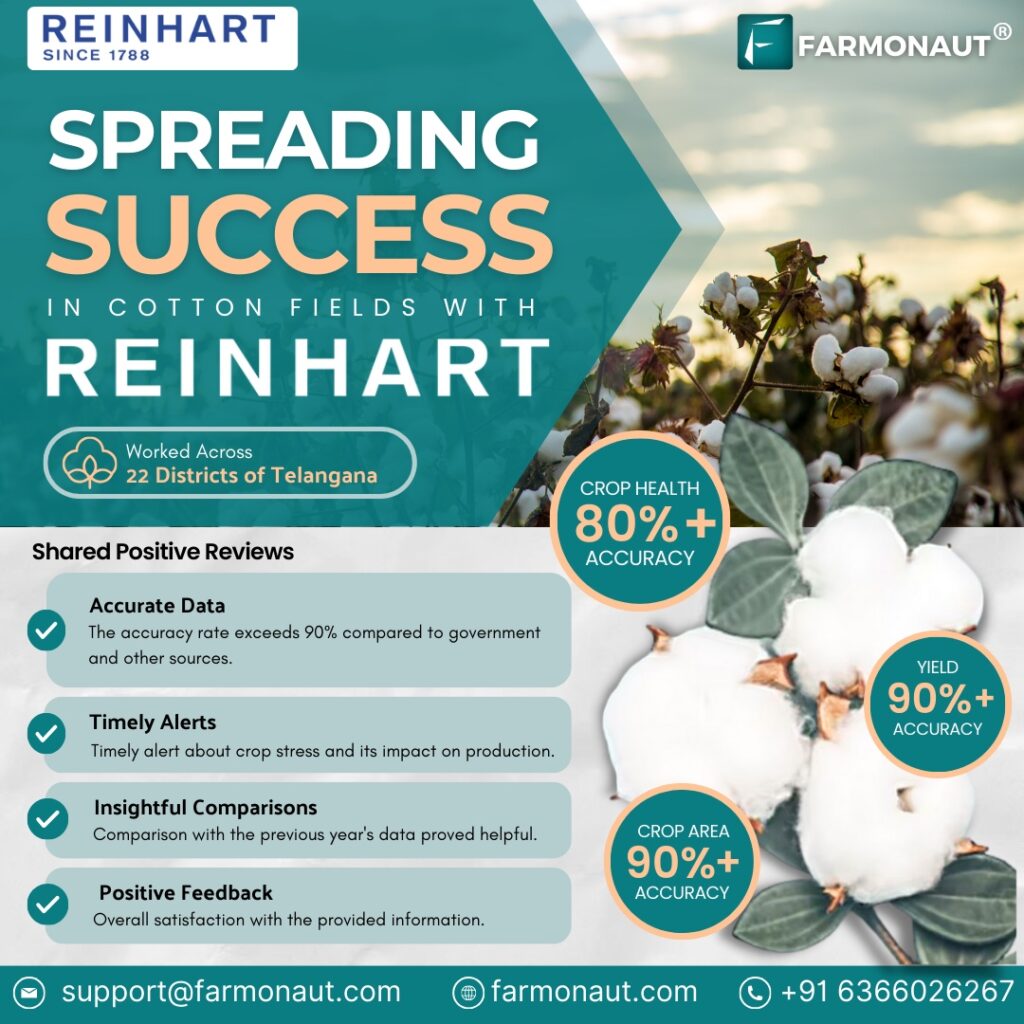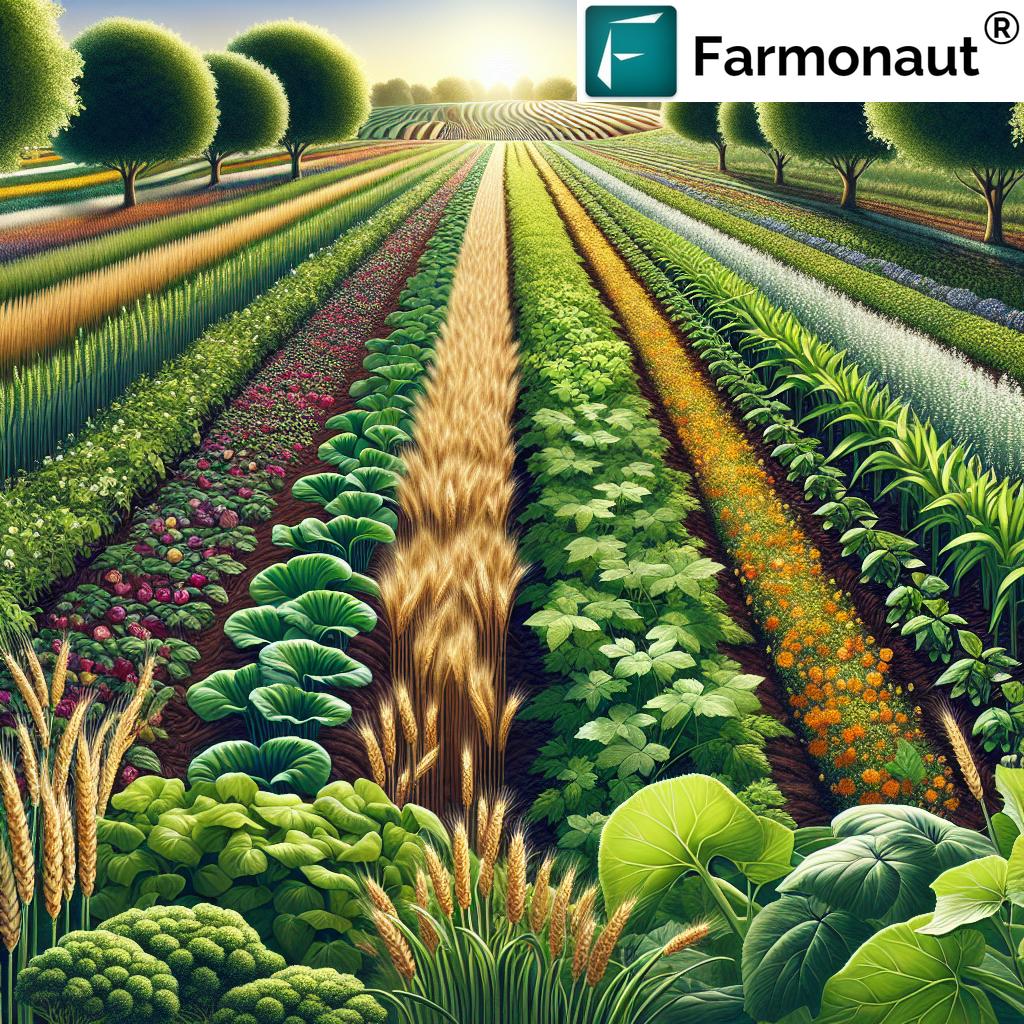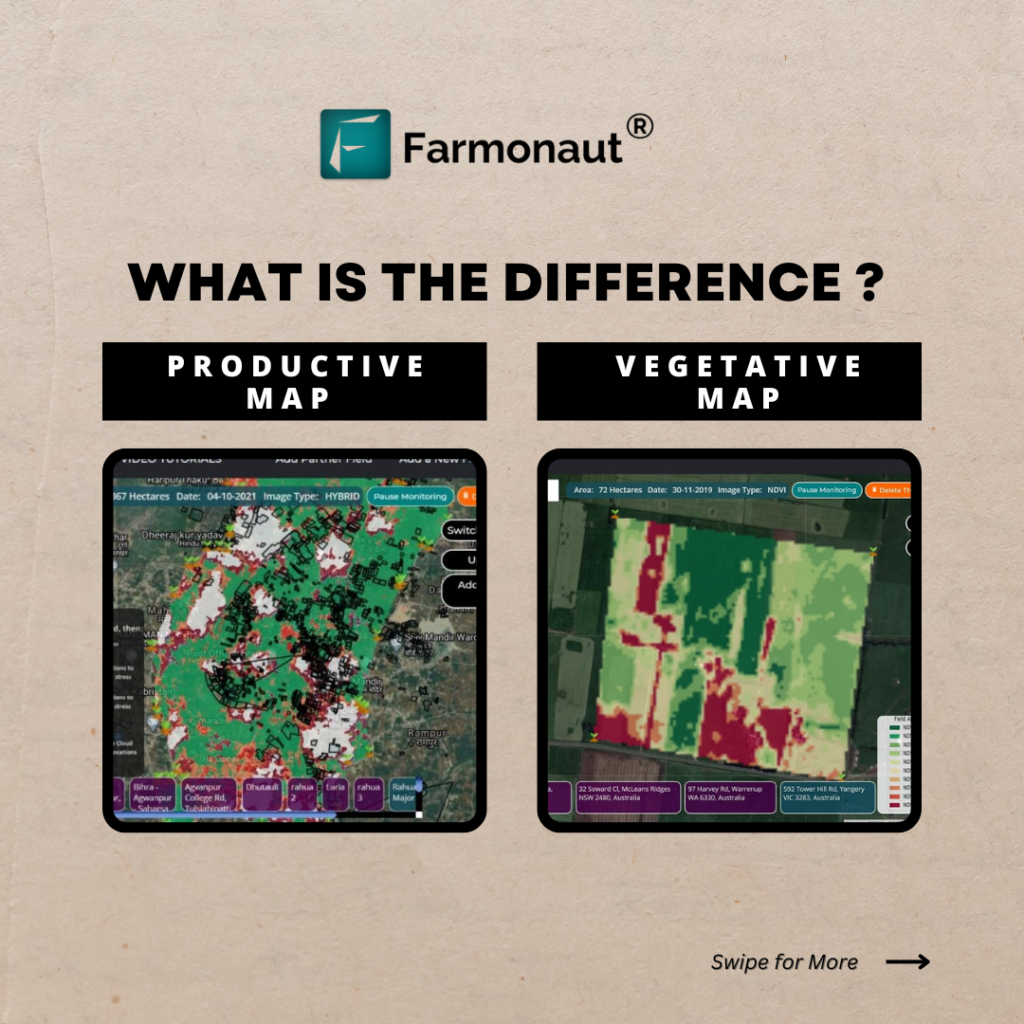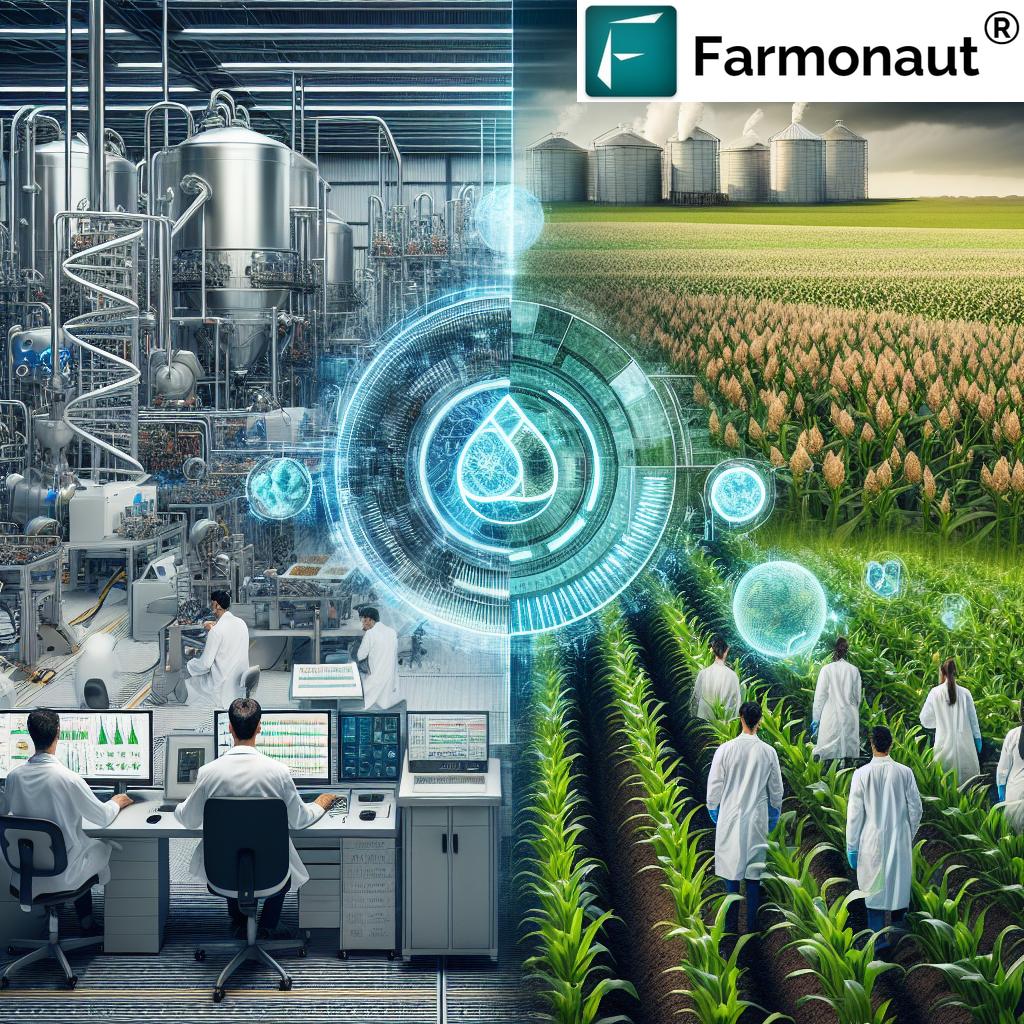Mimosa Tree, Formosa Tree, Jacaranda Mimosifolia, Santa Rosa Plum Tree & Tree Moss Trends: Sustainable Shade, Biodiversity & Agroforestry Strategies in 2025
Mimosa tree, Formosa tree, Jacaranda mimosifolia, tree moss, and Santa Rosa plum tree are becoming primary symbols of sustainable land management, ecological enhancement, and landscape diversity as we move into 2025 and beyond. These remarkable trees and plant species are reshaping agricultural, forestry, and horticultural practices from South America to California, and on a worldwide scale. In this comprehensive guide, we dive deep into their unique features, ecological values, and innovative applications within contemporary, climate-resilient agroforestry systems, urban forestry, and beyond. Whether you’re an agroforestry enthusiast, forester, horticulturist, or a sustainability-driven farmer, this knowledge hub intends to inspire your journey towards greener, smarter land management.
Table of Contents
- Introduction: Why Sustainable Trees Are Shaping 2025
- Ecological Roles: Mimosa, Jacaranda Mimosifolia & Santa Rosa Plum Tree
- Shade & Canopy Excellence: Agroforestry Revolution
- Soil Stabilization & Biodiversity Enhancements
- Tree Moss: Ecological Indicator and Moisture Guardian
- Formosa Tree: Timber, Ornamentals, and Conservation Potential
- Santa Rosa Plum Tree: Fruitful Futures & Integrated Production
- Sustainable Forestry, Planting, and Land Management Trends
- Precision, Technology & Farmonaut Advancements for 2025
- Comparison Table: Mimosa, Jacaranda & Santa Rosa Plum in Sustainable Land Management
- Frequently Asked Questions (FAQ)
- Conclusion: Embracing Resilient, Biodiverse Systems Beyond 2025
Introduction: Why Sustainable Trees Are Shaping 2025
As the world grapples with surging urbanization, food security challenges, and the repercussions of climate change, trees like the mimosa tree, Jacaranda mimosifolia, Santa Rosa plum tree, and the Formosa tree stand out. Their ecological, agricultural, and ornamental functions are essential to contemporary sustainable agriculture, forestry management, and urban biodiversity enhancement.
These species, revered for their rapid growth, expansive canopies, and adaptation across climates, are increasingly cultivated for multiple functions: from shade provision and soil stabilization to biodiversity boosting, erosion control, fruit production, and ornamental urban planting. Against the urgent backdrop of climate change in 2025 and beyond, the spotlight is firmly on their roles within agroforestry systems and regenerative land strategies—supported by precision technologies that maximize their value for farming and forestry.
Ecological Roles: Mimosa Tree, Jacaranda Mimosifolia & Santa Rosa Plum Tree
Focus Keyword: Jacaranda Mimosifolia
The mimosa tree (Jacaranda mimosifolia), often referred to simply as the Jacaranda, positions itself at the heart of sustainable agriculture and urban forestry in 2025. Native to South America, but widely introduced across tropical and subtropical regions worldwide, Jacaranda mimosifolia is famed for its stunning purple-blue blooms and finely divided, fern-like leaves.
- Biodiversity: Jacaranda mimosifolia and Formosa tree are prized for supporting wildlife. Their branches host tree moss, birds, pollinators, and beneficial insects—fostering healthy, biodiverse ecosystems.
- Soil Improvement: These trees have dense root systems that resist erosion, enrich soil structure, and reduce degradation—vital in reforestation projects and on lands prone to instability.
- Shade & Microclimate Regulation: Their canopy fosters cooler, wetter microclimates, improving crop yield (particularly for sensitive plants like coffee or cacao) and creating shade corridors for urban spaces.
- Ornamental & Economic Value: The mimosa tree‘s aesthetic and shade benefits, paired with the Santa Rosa plum tree‘s luscious fruit production, offer both economic returns and community well-being.
Shade & Canopy Excellence: Agroforestry Revolution
Agroforestry Systems Featuring Jacaranda Mimosifolia & Santa Rosa Plum Tree
One of the paramount contributions of Jacaranda mimosifolia and the mimosa tree to agroforestry systems lies in their ability to provide shade and to structure multi-layered plantings. Their dense canopy absorbs excessive solar radiation, offering protection for sensitive crops underneath. This is especially valuable for:
- Coffee & Cacao: Plants like coffee and cacao, which thrive in indirect sunlight, perform better when shade trees buffer climatic extremes—improving fruit quality and uniformity of yield.
- Multi-Strata Agroforestry: Combining Jacaranda mimosifolia at the upper story, Santa Rosa plum tree in the mid-layer, and ground crops below enables high land productivity and ecosystem resilience.
- Urban Heat Mitigation: Urban forestry campaigns, especially in South America and subtropical cities, leverage mimosa tree planting to reduce the “urban heat island” effect and improve walkability.
According to current trends, integrating such trees into urban agroforestry by 2025 can boost urban shade coverage by as much as 30%, directly enhancing city-dweller comfort and improving ecosystem services.
To monitor canopy development, precision agriculture and AI-driven solutions are becoming invaluable. Farmonaut’s satellite-based monitoring tools allow users to remotely assess their tree canopies, track growth, and make informed planting decisions. Through these advancements, we help users optimize tree spacing for maximum shade and biodiversity benefits.

Leverage Farmonaut’s Agro Advisory App for real-time satellite mapping, canopy analysis, and biodiversity monitoring—enabling sustainable tree planting and precision forestry management for 2025 and beyond.
Soil Stabilization & Biodiversity Enhancements
Jacaranda mimosifolia, mimosa tree and Formosa tree are lauded for their capacity to bind and fertilize soil. Their extensive root systems provide natural armor against erosion, especially in regions prone to degradation. When incorporated in reforestation projects or land reclamation efforts, these trees:
- Stabilize sloped or degraded lands
- Improve organic matter and moisture retention, fostering lush undergrowth
- Host tree moss communities, which in turn nurture beneficial microfauna
- Facilitate natural corridors for pollinators and wildlife—critical for biodiversity conservation
Satellite monitoring—available via Farmonaut’s Crop Plantation & Forest Advisory tools—streamlines forest management. Users can identify regions showing high erosion risk, monitor soil health changes, and track successful restoration.
Tree Moss: Ecological Indicator and Moisture Guardian
Focus Keyword: Tree Moss
Tree moss—though not a tree or even a vascular plant—plays an outsized ecological role in forest ecosystems. It often grows epiphytically along the branches and bark of Jacaranda mimosifolia, mimosa trees and their related species. Its presence provides several subtle yet significant advantages:
- Moisture Regulation: Tree moss regulates humidity, cools the microclimate for bark-dwelling fauna, and helps retain dew and light rainfall—important for soil moisture beneath dense canopies.
- Biodiversity Support: Serves as a mini-habitat, hosting minute invertebrates, fungi, and microbial life, and indicating overall ecosystem health.
- Ecological Health Indicator: The spread and vibrancy of tree moss signal forest stability, making it a useful management tool for foresters.
- Conservation Potential: Well-managed stands of mimosa and jacaranda trees with abundant moss indicate resilient, undisturbed ecosystems.
As we refine conservation and sustainability in 2025 agroforestry, recognizing and protecting tree moss habitats—especially within multi-functional forests—is vital.
Formosa Tree: Timber, Ornamentals, and Conservation Potential
The Formosa tree, a related species that is sometimes confused with Jacaranda due to its similar foliage and crown structure, is commonly cultivated for timber and urban greenery. This tree is useful for:
- Timber: While not as durable as the hardest hardwoods, Formosa wood is well-suited for light construction, rural housing projects, and furniture making across local communities.
- Ornamentals: The Formosa tree adds lush visual appeal to parks, roadsides, and commercial landscapes.
- Sustainability Efforts: 2025 conservation initiatives emphasize the sustainable harvesting and propagation of this species—balancing economic needs with forest conservation goals.
Mixed-species plantings—including Formosa tree and Jacaranda mimosifolia—mimic natural forest systems to enhance ecosystem resilience, improve biodiversity corridors, and support emerging regenerative land management models.
Santa Rosa Plum Tree: Fruitful Futures & Integrated Production
Focus Keyword: Santa Rosa Plum Tree
The Santa Rosa plum tree is a high-value ornamental and fruit production species, native to California but now cultivated worldwide. Renowned for prolific fruit yield, compact growth, and striking foliage, it has become integral to both agricultural and urban landscape planting. Its vital roles include:
- Fruit Production: With proper management, Santa Rosa plum trees can yield 30-40 kg of fruit per year—supporting diversified farm income and urban food security.
- Agroforestry Integration: These trees synergistically coexist alongside mimosa and jacaranda, filling mid or lower canopy layers in tiered systems.
- Pollinator Support: Santa Rosa plum blossoms attract bees and beneficial insects, further boosting biodiversity and fruit set for surrounding crops.
- Urban Edible Landscapes: Santa Rosa plum is a favorite for city edible forest gardens, beautifying streets and providing direct community food access.
For orchardists, integration of real-time monitoring—such as fruit load assessment and pest detection via satellite imagery—is available with Farmonaut’s large-scale farm management platform, improving predictive planning and minimizing crop loss.
Explore Farmonaut’s Agro-Admin App for large-scale farm management—streamline your plum orchard planning, remote observation, and integrated resource use in 2026 and beyond.
Sustainable Forestry, Planting, and Land Management Trends (2025 and Beyond)
Rising demands for food security, climate adaptation, and agroecological stewardship are driving innovative forestry and agroforestry practices. Foresters and land managers are increasingly turning to mimosa tree, Jacaranda mimosifolia, Santa Rosa plum tree, and Formosa tree for restoring degraded lands, establishing new biodiversity corridors, and enhancing urban and rural resilience. Key trends for 2026 include:
- Mixed-Species Planting: Instead of monoculture, mixed species stands are being emphasized for their greater biodiversity support, climate resilience, and pest resistance.
- Precision Forestry: Combining remote sensing (e.g., satellite imagery, drones), AI modeling, and real-time data (API access at Farmonaut’s API) enables smart management of forest health, species mix, and planting density.
- Traceability & Carbon Footprinting: Blockchain-based traceability solutions and carbon footprinting tools ensure every tree’s journey and impact are tracked—for both sustainability compliance and transparent reporting.
- Urban Forestry: Santa Rosa plum tree and Jacaranda mimosifolia are being used in municipal plantings for beautiful, climate-resilient avenues and parks that double as food sources and pollinator havens.
- Fleet Management: Efficient landscape and resource management is enhanced by specialized fleet management tools, reducing costs and emissions as trees are established and cared for across landscapes.
As climate-aware strategies become central, these economic and ecological practices are evolving to prioritize ecosystem resilience and land regeneration.


Download Farmonaut for Android and iOS for remote observation, resource optimization, and land management—wherever your trees grow.
Precision, Technology & Farmonaut Advancements for 2025
Smart Management: Satellite, AI, and API-Driven Agriculture
We at Farmonaut believe that the future of forestry and agriculture is as much about advanced technology as it is about species diversity. As satellite monitoring, machine learning, and AI become mainstays, tree planting can finally be data-driven, continuous, and adaptive.
- Real-Time Satellite Monitoring: Get timely health signals, stress alerts, and biodiversity metrics for your mimosa tree, Jacaranda mimosifolia, or Santa Rosa plum tree plantings.
- Jeevn AI Advisory: Receive AI-based insights on ideal planting periods, canopy density optimization, and pest detection for maximum ecosystem resilience.
- Blockchain-Based Traceability: Trace each tree and farm product’s origin and movement for supply chain transparency.
- Carbon Metrics and Environmental Impact: Calculate real carbon sequestration and footprint of your agroforestry and orchard projects.
- Fleet and Resource Management: Coordinate care, watering, harvest, and logistics efficiently, even at large scale, via central dashboards.
- API Access & Developer Tools: Plug directly into Farmonaut’s data (API Docs here) to create custom applications or integrate forestry intelligence into your agritech stacks.
This embrace of technology doesn’t replace ecological wisdom—it multiplies it. Precision allows land managers to move beyond the guesswork, enhancing both the economic and sustainability profiles of these treasured tree systems.
Comparison Table: Mimosa Tree, Jacaranda Mimosifolia & Santa Rosa Plum Tree in Sustainable Land Management
| Tree Species | Canopy Coverage (sq.m., estimated) | Biodiversity Support (estimated # species) | Drought Resilience | Shade Quality | Edible/Fruit Yield (kg/year, estimated) | Suitable Climate Zone | Primary Sustainable Use |
|---|---|---|---|---|---|---|---|
| Mimosa Tree (Jacaranda mimosifolia) | ~60-80 sq.m. | 150+ (insects, birds, mosses, microfauna) | Medium-High | Excellent, dappled, cooling | None (ornamental, non-edible) | Tropical, Subtropical | Shade, Biodiversity, Urban & Agroforestry |
| Formosa Tree (related species) | ~40-65 sq.m. | 120+ | Medium | Good, moderate density | None (timber, ornamental) | Warm Temperate, Subtropical | Timber, Light Construction, Conservation |
| Santa Rosa Plum Tree | ~30-45 sq.m. | 80+ | Medium | Moderate, partial | 30-40 kg | Temperate, Subtropical | Fruit, Pollinators, Agroforestry, Urban Food |
Frequently Asked Questions (FAQ)
What is the difference between a mimosa tree and jacaranda mimosifolia?
The term mimosa tree is sometimes colloquially used to describe Jacaranda mimosifolia due to their similar foliage; however, Jacaranda mimosifolia is known for its striking purple-blue blooms and belongs to the Bignoniaceae family. Both provide excellent shade and are prized for ornamental planting.
How do mimosa and jacaranda trees improve soil and biodiversity?
Their extensive root systems bind soil, reduce erosion, and increase organic matter. Their dense canopies foster habitats for birds, insects, moss, and shade-loving plants, boosting local biodiversity.
Can Santa Rosa plum trees be intercropped with mimosa or jacaranda?
Yes! Santa Rosa plum tree can be successfully integrated within agroforestry systems, coexisting in partial shade below larger canopies—especially in landscapes aiming to combine fruit, biodiversity, and ornamental benefits in one productive land use system.
What orchard or forestry management technologies support sustainable planting in 2026?
Satellite monitoring, AI-based advisory, blockchain traceability, carbon footprint analysis, and automated fleet/resource management (available with Farmonaut’s tools) help land managers optimize planting, monitor health, and report sustainability metrics efficiently.
How does tree moss support ecosystem health?
Tree moss retains water, offers microhabitats, regulates temperature, and acts as a health indicator—its abundance on mimosa tree and jacaranda is a positive signal of ecosystem stability.
What is the lifespan and maintenance need of these species?
Jacaranda mimosifolia and Formosa tree can live for several decades with moderate care; Santa Rosa plum tree has a productive life of 15–25 years, needing regular pruning for high fruit yield. All thrive best in well-drained, moderately fertile soils.
Farmonaut Subscriptions & Pricing Table
Subscribe for affordable, scalable satellite-based monitoring, AI insights, & resource management—empowering your forestry, orchard, or agroforestry operations worldwide.
Conclusion: Embracing Resilient, Biodiverse Systems Beyond 2025
As we stride into 2026 and beyond, the mimosa tree, formosa tree, jacaranda mimosifolia, tree moss, and santa rosa plum tree are set to play an increasingly significant role in shaping resilient, sustainable landscapes. Their combined ecological, economic, and aesthetic value not only solves contemporary challenges in agriculture and forestry, but also fosters hope for biodiverse, climate-adaptive communities globally.
- Adopt multi-layered plantings to maximize shade, fruit yield, and biodiversity.
- Monitor and manage using real-time, satellite-powered precision tools like those Farmonaut provides to users, businesses, and institutions.
- Track your woodland, agroforestry, and orchard carbon impact and traceability easily (learn more here).
- Continue prioritizing ecosystem resilience as a foundation for lasting food security, community well-being, and environmental health through thoughtful tree planting and management.
By leveraging emerging technologies and smart contemporary practices, tomorrow’s forests, farms, and cities can thrive with vibrance, sustainability, and abundance.








